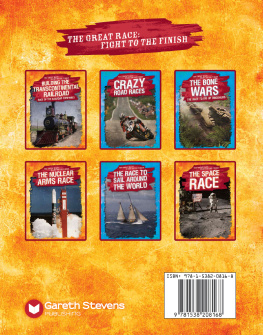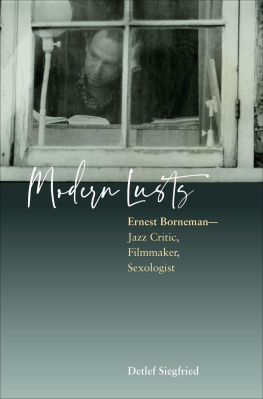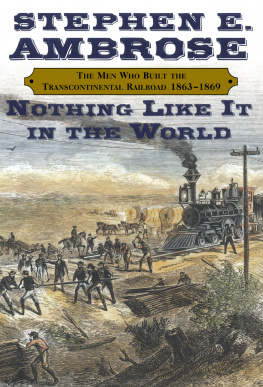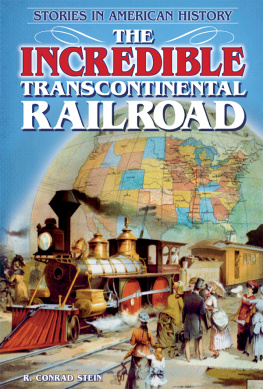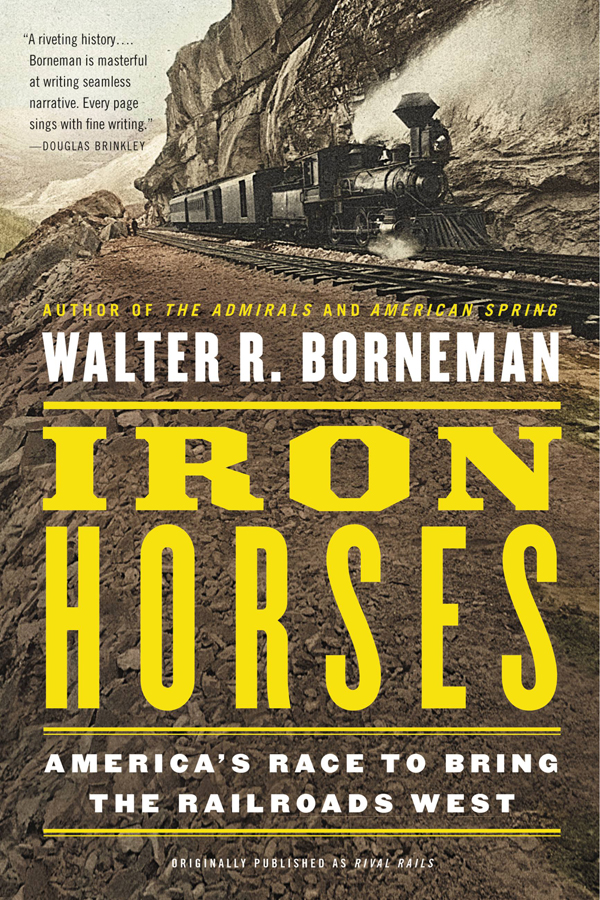Thank you for buying this ebook, published by Hachette Digital.
To receive special offers, bonus content, and news about our latest ebooks and apps, sign up for our newsletters.
Copyright 2010 by Walter R. Borneman
Cover design by Ploy Siripant
Cover photograph Mary Evans Picture Library
Cover 2014 by Hachette Book Group, Inc.
All rights reserved. In accordance with the U.S. Copyright Act of 1976, the scanning, uploading, and electronic sharing of any part of this book without the permission of the publisher constitute unlawful piracy and theft of the authors intellectual property. If you would like to use material from the book (other than for review purposes), prior written permission must be obtained by contacting the publisher at permissions@hbgusa.com. Thank you for your support of the authors rights.
Little, Brown and Company
Hachette Book Group
1290 Avenue of the Americas, New York, NY 10104
littlebrown.com
twitter.com/littlebrown
facebook.com/littlebrownandcompany
Originally published in hardcover by Random House, September 2010
First ebook edition: November 2014
Little, Brown and Company is a division of Hachette Book Group, Inc. The Little, Brown name and logo are trademarks of Hachette Book Group, Inc.
Maps by David Lambert
Locomotive drawings by Henry Comstock
The Hachette Speakers Bureau provides a wide range of authors for speaking events. To find out more, go to hachettespeakersbureau.com or call (866) 376-6591.
The publisher is not responsible for websites (or their content) that are not owned by the publisher.
ISBN 978-0-316-37179-7
E3
Praise for
Walter R. Bornemans
Iron Horses
Winner of the 2011 Colorado Book Award in Biography/History
A riveting history of the frenetic race to construct a railroad across the great American Southwest following the Civil War. Borneman is masterful at writing seamless narrative. Every page sings with fine writing.
Douglas Brinkley, Professor of History at Rice University and author of The Wilderness Warrior: Theodore Roosevelt and the Crusade for America
In this richly detailed and sprightly narrative, Walter Borneman paints a compelling portrait of one of the great chapters in American history. Readers puzzled by the pace of technological change in our own time will learn in these pages that there is nothing new under the sun.
Jon Meacham, author of Thomas Jefferson: The Art of Power
Brisk, colorful, and exciting. A worthy look at a less-publicized aspect of railroad construction.
Jay Freeman, Booklist
Bornemans telling of this story is admirable foremost because of its detail and historical accuracy; his extensive research is put to good use. But he also is a gifted storyteller, and he introduces his readers to an array of characters who are part of this transcontinental treasure hunt. Bornemans book is an enjoyable read for railroad buffs, Old West aficionados, serious-minded historians, and anyone who finds romance in the sound of a train whistle in the night.
BookPage
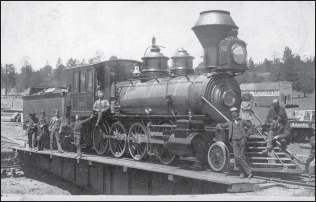
Atchison, Topeka and Santa Fe locomotive no. 280, a 2-8-0 consolidation with balloon stack, attracted a crowd on the turntable atop Glorieta Pass; this section between Lamy and Las Vegas, New Mexico, was tough mountain railroading, and helper engines were routine. (Denver Public Library, Western History Collection, A. Frank Randall, Z-5460)
American Spring: Lexington, Concord, and the Road to Revolution
The Admirals: Nimitz, Halsey, Leahy, and KingThe Five-Star Admirals Who Won the War at Sea
Polk: The Man Who Transformed the Presidency and America
The French and Indian War: Deciding the Fate of North America
14,000 Feet: A Celebration of Colorados Highest Mountains
( WITH TODD CAUDLE )
1812: The War That Forged a Nation
Alaska: Saga of a Bold Land
A Climbing Guide to Colorados Fourteeners
( WITH LYNDON J. LAMPERT )
For
Alexander C. Hoyt,
with cause

A mong my earliest memories are those of being down at the railroad depot with my grandfather, watching the trains come in. It was the 1950s, and I wish I had realized then what an era was passing before my eyes. I grew up dreaming of airplanes and space travel, but my fascination with railroads never left me. Ironically, fifty years later, there has been a great resurgence in Americas dependence on rails. It will never be the same as the Santa Fe Super Chief, of course, or the California Zephyr that I rode west from Chicago with Grandpa and Grandma, but Americas commerce still rides the railsno more so than on the direct Los Angeles-to-Chicago super route across the American Southwest.
Much has been written about Americas first transcontinental railroad, but driving the golden spike at Promontory Summit in 1869 signaled merely the beginning of the transcontinental railroad saga. The preCivil War notion that only one rail line would cross the continent vanished on the prairie winds. The rest of the country was suddenly up for grabs. Dozens of railroads, all with aggressive empire builders at their helms, raced one another for the ultimate prize of a southern transcontinental route that was generally free of snow, shorter in distance, and gentler in gradients.
The Denver and Rio Grande Railways gentleman general, William Jackson Palmer, put his railroads three-foot narrow gauge rails up against the big boys. The Atchison, Topeka and Santa Fes William Barstow Strong and Edward Payson Ripley made sure that the routes were staked and won, and then created a textbook example of efficiency upon them. Collis P. Huntington, having already won half the West for the Central Pacific, determined to control the other half for the Southern Pacific. Above them all floated the shadowy hand of Jay Gould, a man who bought and sold railroads as readily as some men traded horses.
Meanwhile, tens of thousands of ordinary men waged a different type of war: the herculean task of constructing the bridges, tunnels, cuts, and fills of these empires and hurriedly flinging track across wild and wide-open country. Among their challenges were vast distances, high elevations, tortuous canyons, unruly rivers, and two towering walls of mountains. The better routes were often not to be sharedadmitting no passage wider than the ruts of a wagon or the steel rails of a single track of railroad.
From wagon ruts to a railroad empire, this is the story of the battles to control the heavily contested transportation corridors of the American Southwest and to build Americas greatest transcontinental route through them. When the dust finally settled, the southern route linking Los Angeles and Chicago had become the most significant of the nations transcontinental railroads.



